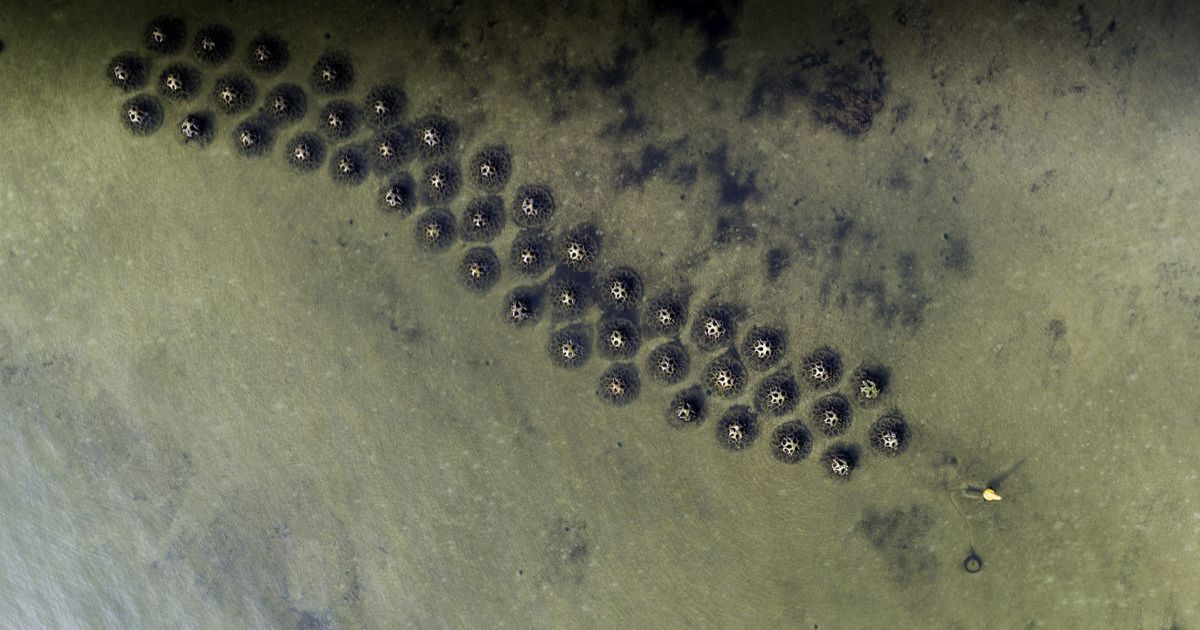Uncertainty, unpredictability in global beef markets

RaboResearch senior animal proteins analyst Angus Gidley-Baird said the rise in European prices now puts them in line with the strong North American cattle prices.
EVEN though Australian beef has had a tough job of it with floods and drought, the global cattle markets have all been trending higher in the first half of 2025.
But, since President Donald Trump took office in January 2025, uncertainty and unpredictability have reverberated through the global beef market, according to a recent Rabobank report.
With beef one of the largest agricultural commodities traded by the United States, any change to US trading arrangements has the potential to affect the beef market at a global level, the bank’s RaboResearch division says in its Q2 2025 Global Beef Quarterly.
With the global supply and demand situation and the trading arrangements as of the beginning of June, RaboResearch expects trade flows to be maintained.
However, the report says, this is likely to change if major trading blocs, such as Europe and China, become involved in a trade war with the United States.
Global cattle markets have been trending higher in the first six months of the year, with European prices experiencing an especially strong rise in Q1, as domestic supplies contracted while demand remained strong.
RaboResearch senior animal proteins analyst Angus Gidley-Baird said the rise in European prices now puts them in line with the strong North American cattle prices, which continue to rise slowly.
“In both Europe and the US, disease and pests are affecting cattle supplies.

“In Europe, and now in the UK, Bluetongue virus continues to affect the herd.
“Meanwhile, New World screwworm in Mexico has caused US authorities to close the border to Mexican cattle imports, and the risk of potential infestation in the US is increasing.”
Mr Gidley-Baird said these health threats are challenging production in markets where beef supplies are already projected to be lower, likely further supporting already elevated cattle prices.
“Additional, so-called reciprocal tariffs for identified countries are on hold until early July, and the US-China tariff escalation has also been put on hold until early August.
“While negotiations are ongoing, we are starting to see some redistribution of beef trade volumes around the world.
“Reports are emerging that Chinese buyers are looking more toward Australian, New Zealand and South American suppliers as US beef becomes unavailable or more expensive.”
Although the full extent of the trade war remains uncertain, RaboResearch remains cautiously optimistic about beef demand and trade flows.
Mr Gidley-Baird said that despite recent rains, conditions in southern Australia are poor, with many producers hand feeding or sending stock away on agistment.
“As we move into winter, there has been an increase in cattle sale numbers in southern areas, as producers sell off stock before the cold weather sets in.”

















